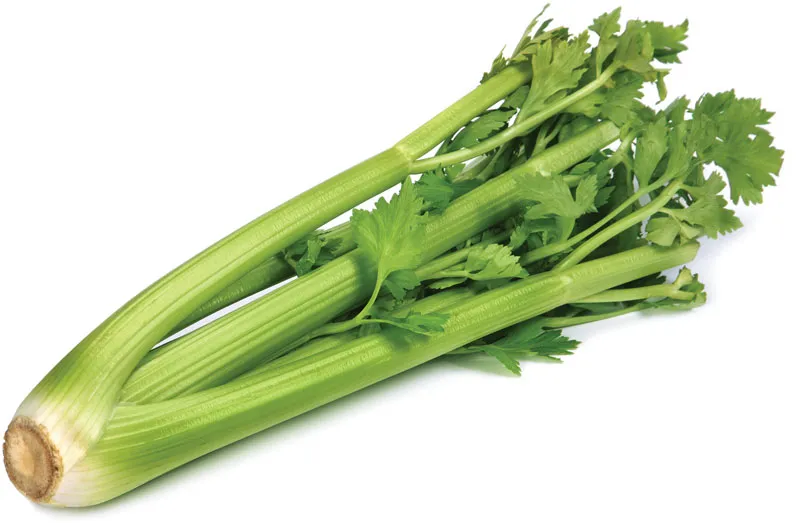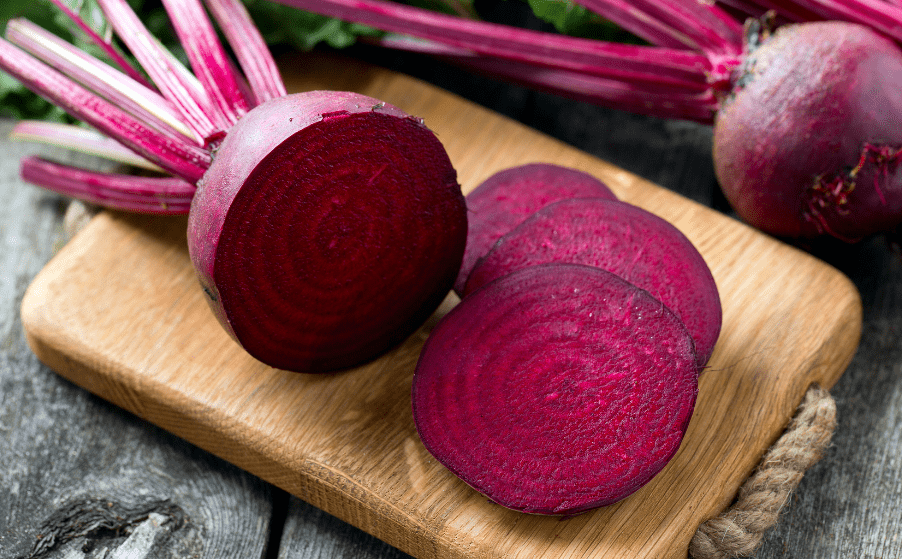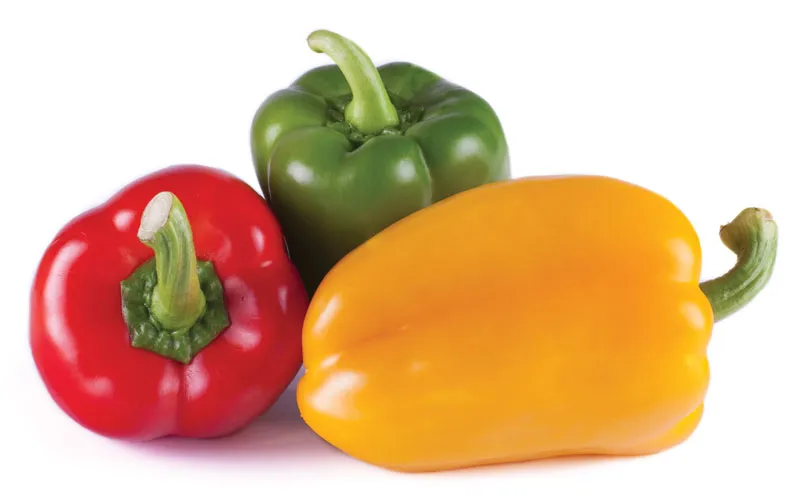
Description
The late 18th century saw the development of celery with enormous, thick, succulent, erect leafstalks, or petioles. Celery with a high quality stalk has thick petioles, is compact (not noticeably bowed or bulging), has little to no petiole twisting, and has a light green, fresh appearance.
Varieties
Celery comes in three varieties today: celeriac, green or Pascal celery, and self-blanching or yellow (leaf) celery.

Uses
Cooking celery either as a vegetable or as a delicate ingredient in a variety of stocks, casseroles, and soups is the most typical way to consume it. In the US, raw celery is served as an appetizer and in salads. Additionally, spreads or dips may be served along with it. The tiny fruits, which are sometimes referred to as celery seeds, have a flavour and aroma that is similar to that of the celery plant and are used as flavoring, particularly in soups and pickles.
Nutrition
With only 16 calories and 28% of vitamin K in a 100-gram reference serving, there are no additional substantial amounts of micronutrients.
Cultivation
Although celery prefers six hours of direct sunlight each day, put it where it will receive shade during the warmest time of the day. Celery needs a lot of water and frequent fertilization. Consistently moisten the soil. In soil with a pH of between 6.0 and 7.0, celery grows best.
Table





